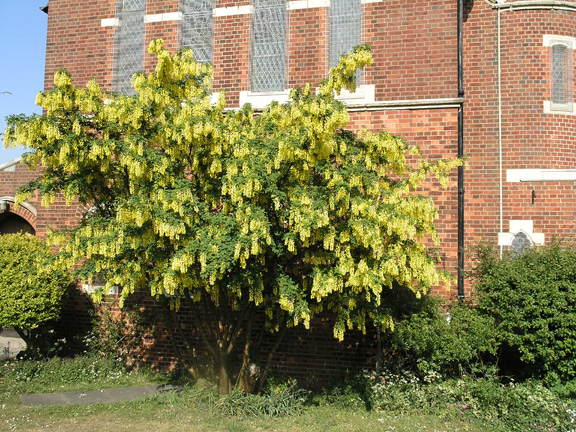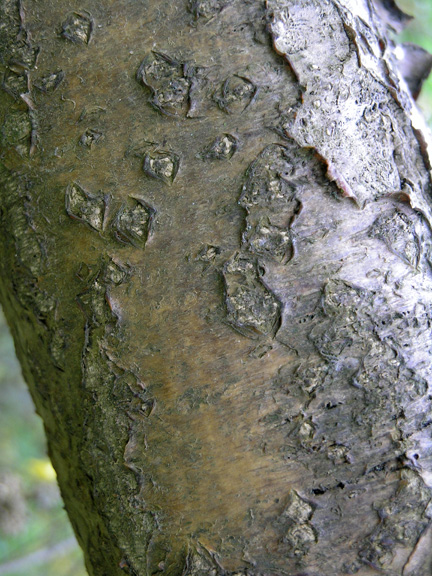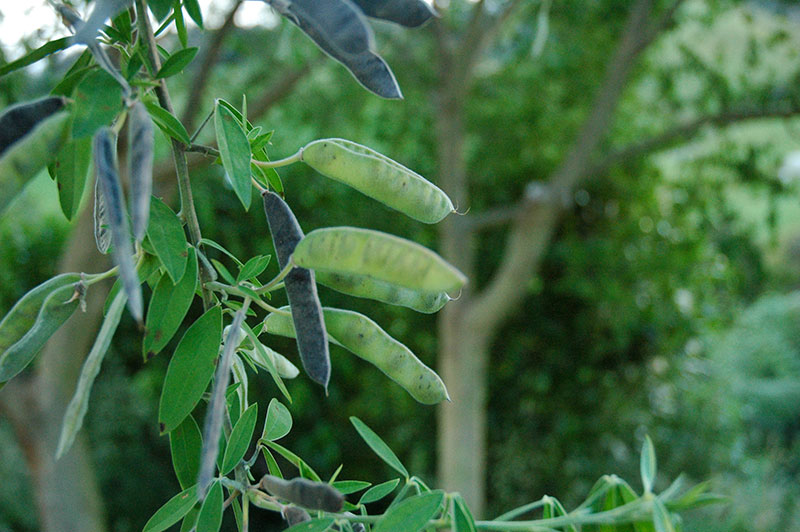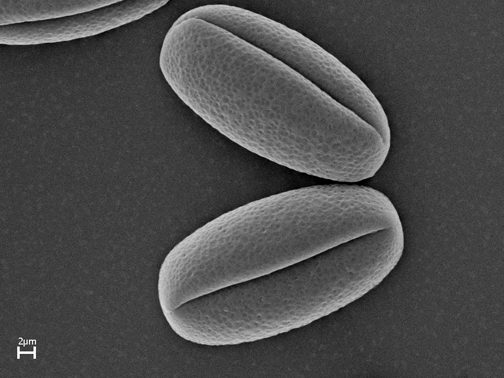| General Description | Upright, low exiguous branched, pendulous and pubescent twigs, All parts of the plant contain cytisine which is toxic to both humans and animals. The wood which is quite strong is quite suited to turning on lathes for bowls, handles etc. |
| ID Characteristic | Beautiful pendulous cylindrical golden yellow flowers. |
| Shape | Upright, forming a spreading vase shape. |
| Landscape | Often used as a single specimen in the landscape or trained to form barriers along walls or covering pergolas. |
| Propagation | Easily germinated from fresh seed, grow plants on for a season in a frame or protected area before planting out. Pre-soaking seed may enhance germination. Hardwood cuttings root easily when planted outside in a garden bed. |
| Cultivation | A plant where if the hardiness is met is easily grown in most soil types and conditions except waterlogged media. Tolerant of exposed cold and urban conditions, even suited to inner city plantings. Large plants can be easily transplanted. |
| Pests | Honey fungus may be of concern as well as minor infestations of aphids. |
| Notable Specimens | The Vineland Research and Innovation Centre, Vineland, Ontario. Main Street, Chatham, Ontario, Canada. |
| Habitat | Found in Europe on scrub and woodland on limestone soils. |
| Bark/Stem Description | The bark is yellowish brown and will develop fine cracks on the surface of bark as it matures. The wood is quite strong. |
| Flower/Leaf Bud Description | The buds are ovoid and small to about 1-2 mm. |
| Leaf Description | Trifoliate, elliptic, to 7 cm, alternate, smooth on the upper side and pubescent on the underside. |
| Flower Description | Pea-like shape, golden yellow cylindrical clusters to 10-20 cm with a slight scent. |
| Fruit Description | Flat yellowish brown pod to 5-7 cm, which contains 2–5 kidney-shaped, black seeds. Seeds are highly poisonous, especially if ingested. |
| Colour Description | Bright beautiful yellow flowers in spring, greenish grey bark with brown small cracks, bright green leaves, not a pretty autumn colour (brown), seeds are black in a yellowish brown pod. |
| Texture Description | The plants overall texture is medium to coarse. |

.jpg)
.jpg)


